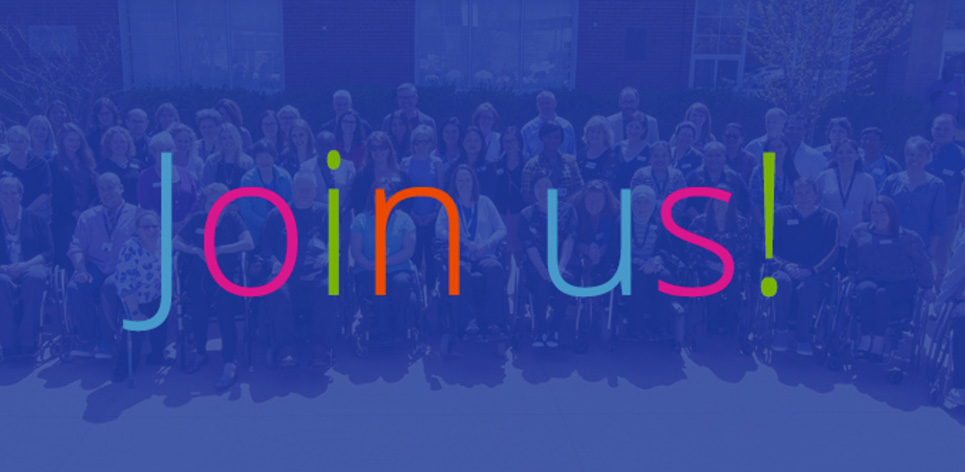It is well known that assistive devices and other disability-related equipment are costly and that not all devices are funded through the Assistive Devices Program (ADP).
To mitigate the challenges around accessing equipment, SCIO launched two initiatives to help people access the necessary devices.
“Why does the Ontario government fund some mobility devices for Ontarians with disabilities, and yet it chooses not to fund the devices people need to get out of bed and go to the washroom? How does that make sense?”
– SCIO Community Member
We partnered with the Lawson Health Research Institute to create the Possibilities Project Plus, a brand-new platform where people from all over the province can post and browse assistive devices and equipment.
The platform is free to use and a team of agents are available to assist you if you need help navigating the site. Visit the site today and share it widely to help spread the word!
Check out this client story on how the Possibilities Project changed someone’s life and gave them a sense of independence.
SCIO Marketplace is a Facebook page that allows users to join the community and buy and sell equipment in Ontario. From wheelchairs to scooters to beds and even adapted vehicles, a broad range of items is regularly posted.
1
Pressure-management beds or therapeutic support surfaces for community-dwelling individuals when it is deemed medically essential to prevent skin breakdown, maintain skin integrity, or manage pressure injuries when they occur. Therapeutic support surfaces are currently covered in B.C., Alberta and Quebec.
2
A floor or ceiling lift for community-dwelling individuals when it is medically necessary to facilitate the transfer of a person in a bedroom or bathroom. Floor and ceiling lifts are currently covered in B.C., Alberta and Quebec.
3
Seat-elevating devices for people using power wheelchairs who have the potential to use the device when transferring from the wheelchair to another surface to perform mobility-related activities of daily living, or who have the potential for paid or voluntary employment. are currently covered in B.C., Alberta and Quebec.
4
Standing wheelchairs for people who have the potential for paid or voluntary employment.
The lack of funding for these devices is short-sighted. Without the proper assistive devices, Ontarians are at greater risk of secondary complications and injuries that will require health care support.
Read our April 2021 report below.
1
2
3
4
5
“When it comes to providing people with disabilities in Ontario with the equipment they need to live at home, the Ontario Government lags behind Alberta, B.C. and Quebec. If you require a wheelchair, you’re probably going to require other basic devices, such as therapeutic support surfaces and transfer devices. People with disabilities have been let down for too long. It’s time for the Ontario Government to fund these devices, too.”
– SCIO Community Member
Are you ready to kickstart your fundraiser? Fill out the form, and we’ll send you our comprehensive Fundraising Toolkit along with any other materials you might need.

Just say “Yes! Sign me up!” and you can improve accessibility in Ontario and help us serve, support and advocate for and with people with spinal cord injury and other disabilities.
There really is strength in numbers.

Please complete this form and we will contact you after receipt to confirm participation, obtain complete details about your study including any supporting materials, and answer any questions.
"*" indicates required fields